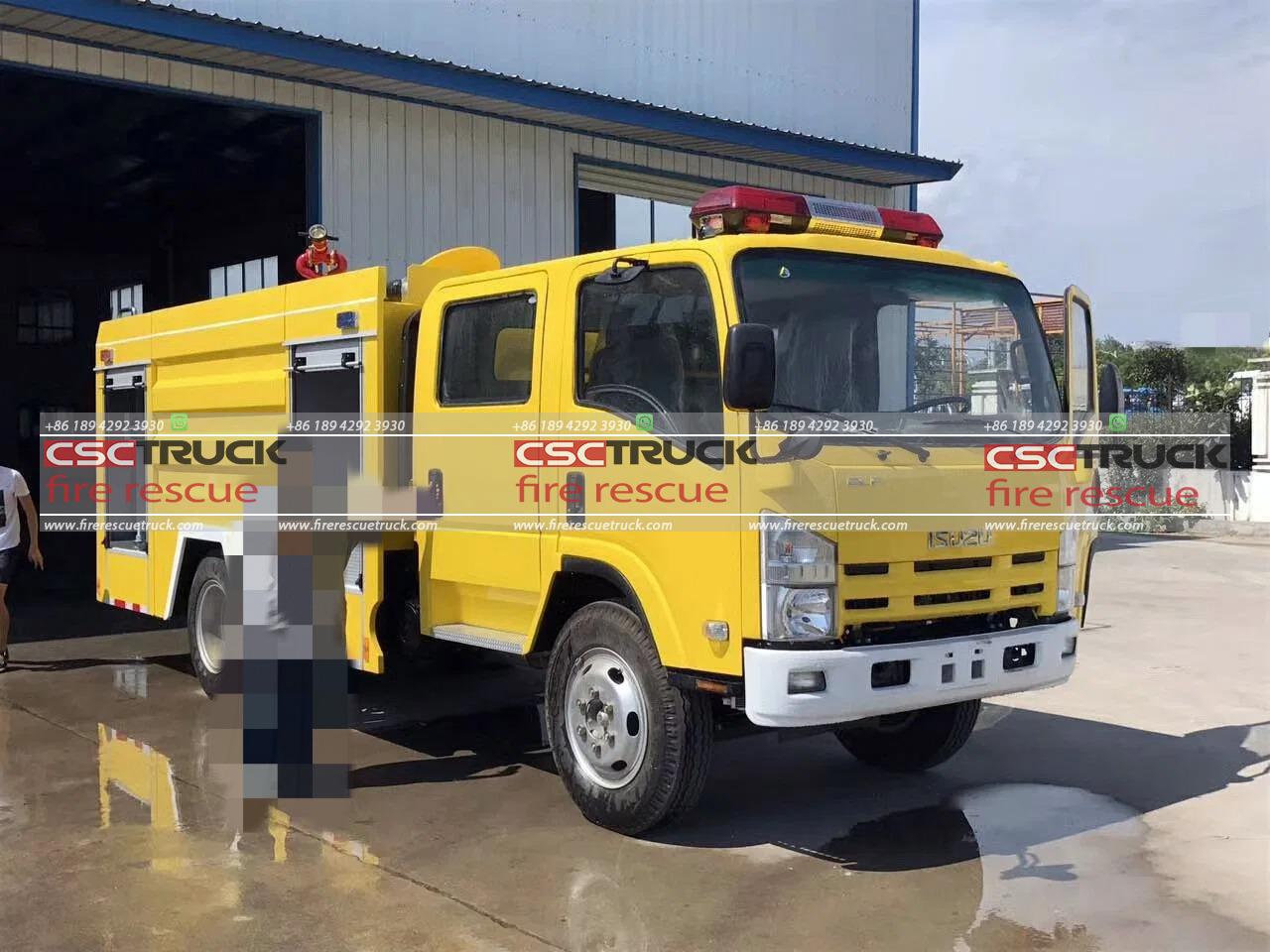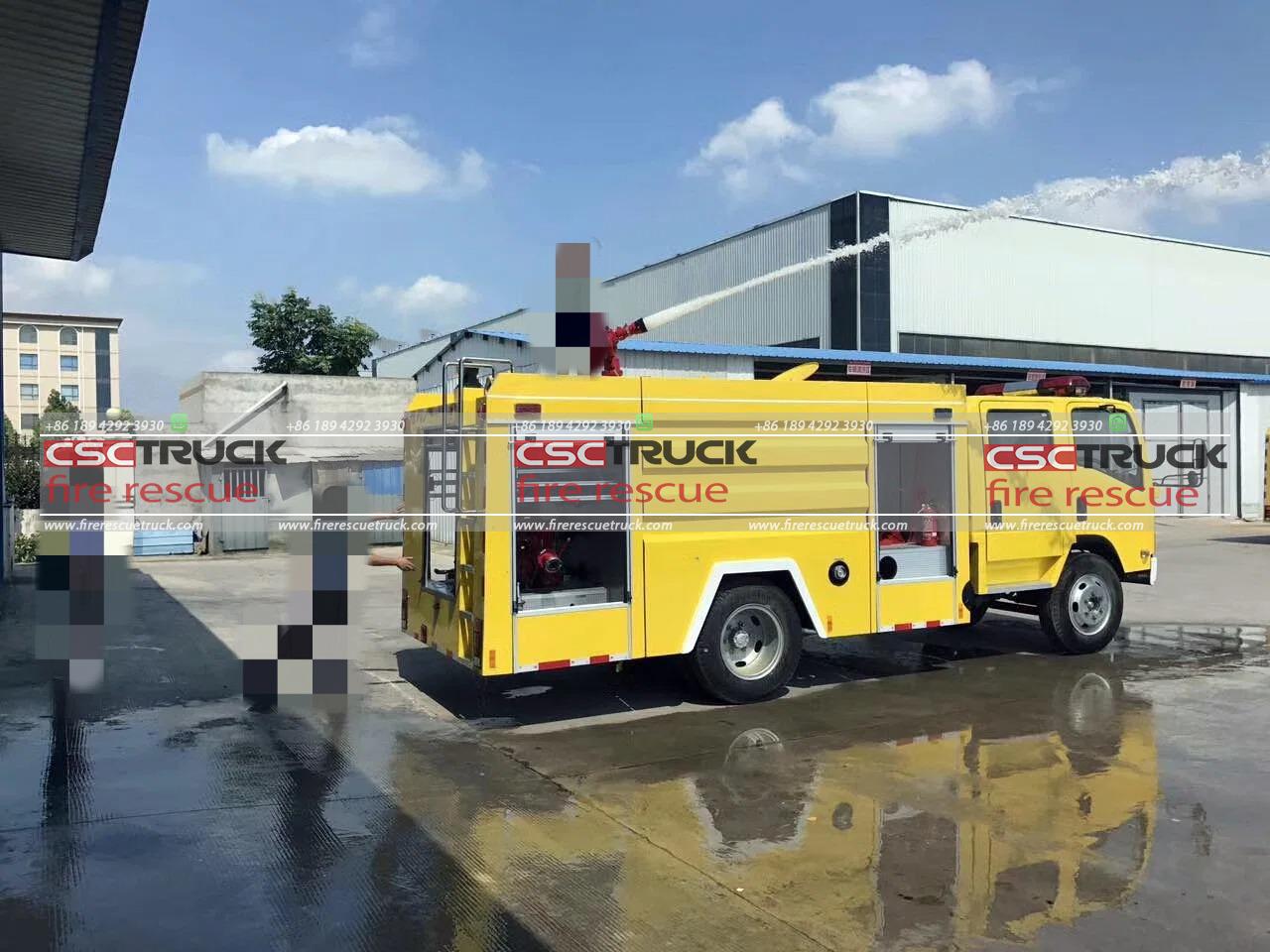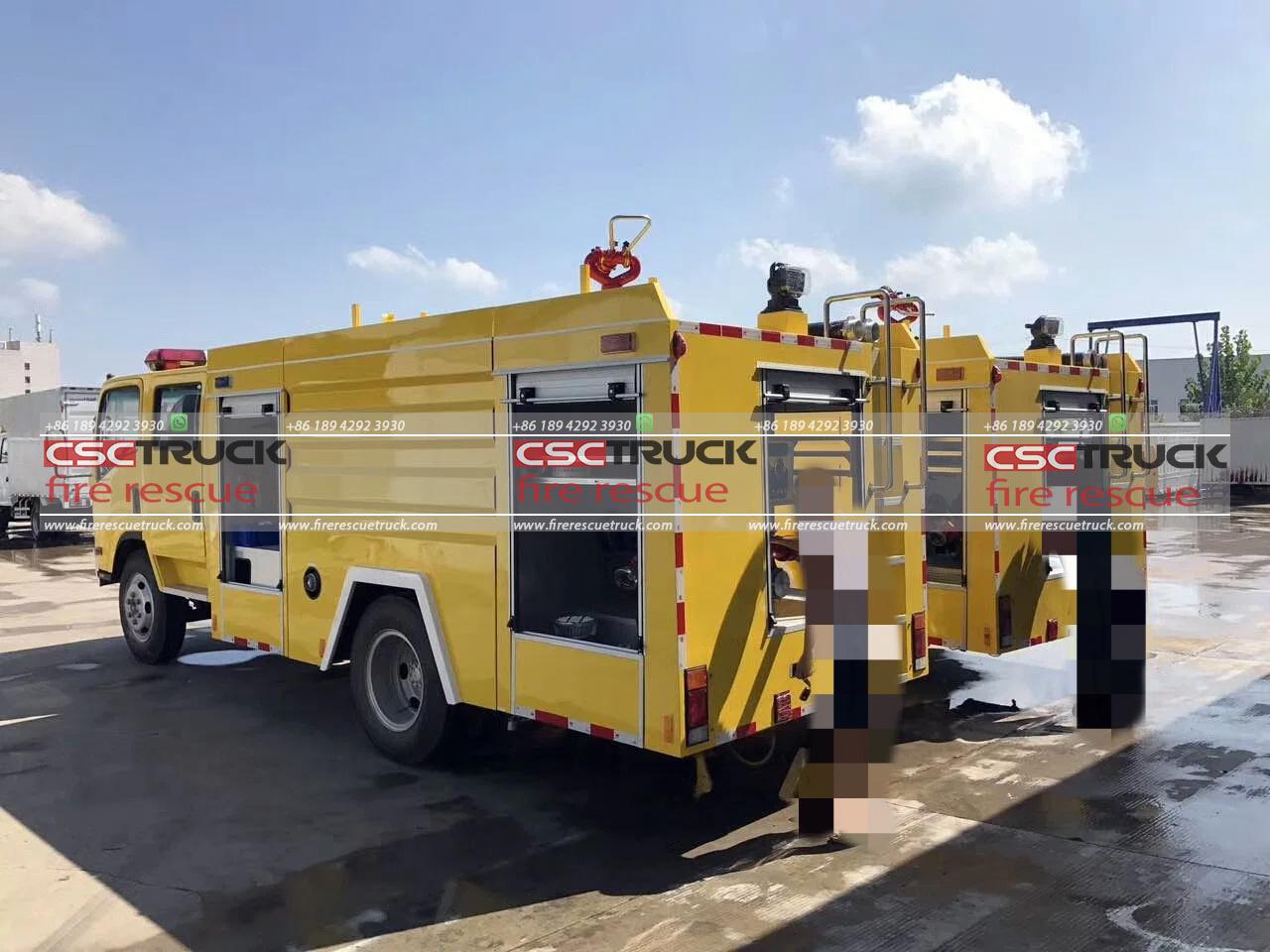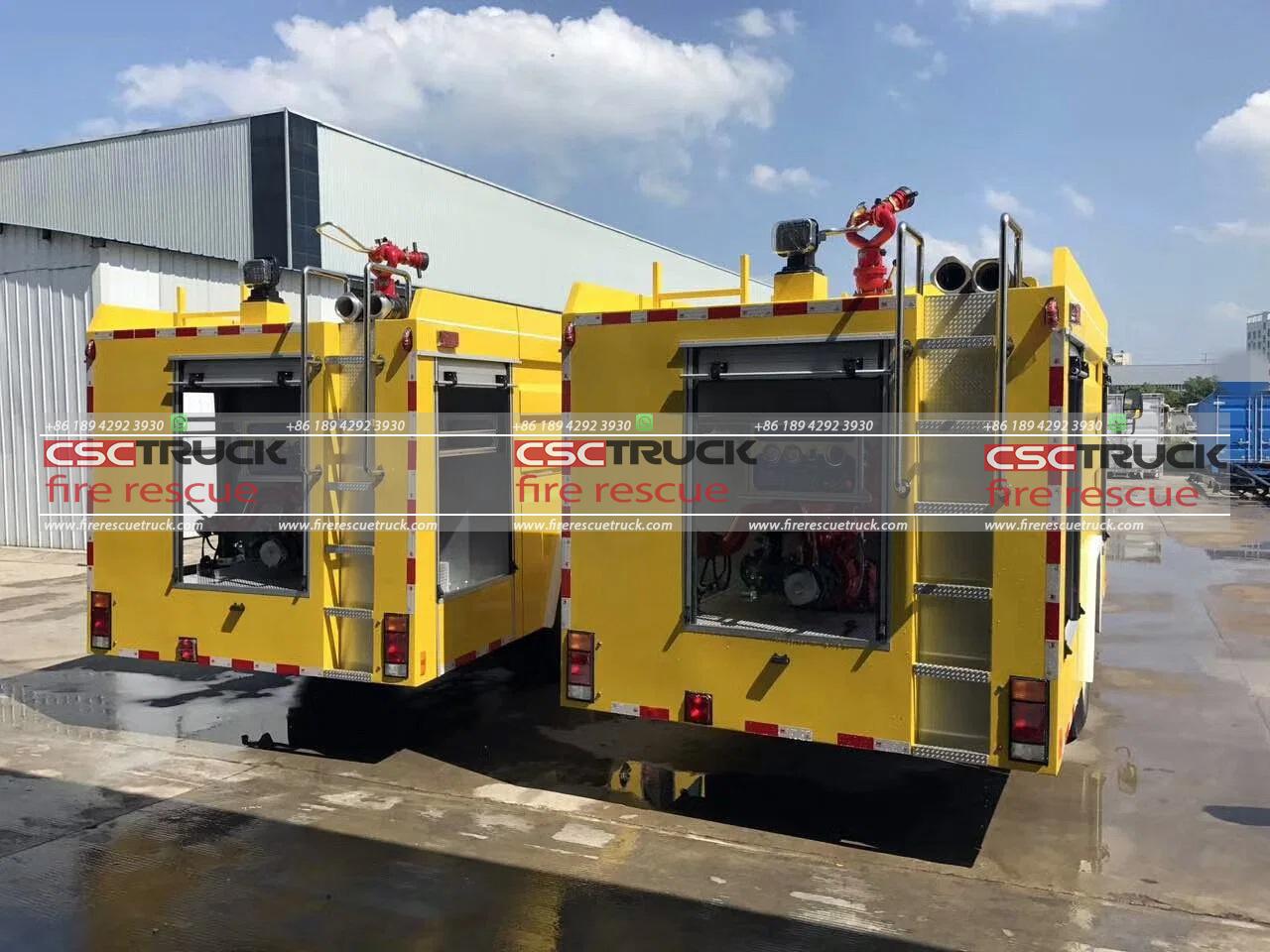What is a Yellow Firetruck?
When you picture a firetruck, the color red likely comes to mind. The red firetruck has been an iconic symbol of fire departments worldwide for decades. However, if you’ve ever seen a yellow firetruck, you might wonder, “Why yellow?” Though less common, yellow firetrucks are an important part of firefighting history and serve specific purposes. In this article, we will explore the origins, reasons, and advantages of yellow firetrucks, as well as their significance in modern fire departments.
The Traditional Red Firetruck
To understand the emergence of yellow firetrucks, we first need to consider why firetrucks are traditionally red. The most common explanation for the red firetruck dates back to the early 20th century when Henry Ford famously offered the Model T car in “any color as long as it’s black.” In contrast, fire departments chose red as a way to stand out from other vehicles. Red, being a bold and attention-grabbing color, made firetrucks visible even from a distance, making it easier for pedestrians and drivers to identify emergency vehicles.
Moreover, firetrucks were painted red because it was one of the more affordable colors of paint at the time, due to the abundance of red pigments. Red also held symbolic meaning — evoking urgency, danger, and action — which made it a fitting color for fire vehicles.

The Emergence of Yellow Firetrucks
So, why the deviation from red, and why did yellow firetrucks begin to appear?
In the mid-20th century, studies on vehicle visibility and safety brought attention to how well firetrucks were perceived by the human eye in different conditions, including during the night and inclement weather. Research conducted by Dr. Stephen Solomon in the 1970s highlighted the fact that red firetrucks, despite their historical association with firefighting, were not the most visible color, particularly in low-light environments.
Dr. Solomon’s studies showed that yellow-green hues, especially fluorescent yellow, were easier to spot in various lighting conditions. This was due to the way the human eye perceives wavelengths of light. Human vision is more sensitive to the yellow-green part of the spectrum, making it easier to detect such colors in daylight, at night, and in fog or rain.
Safety First: Visibility and Yellow Firetrucks
The primary reason for using yellow firetrucks, then, is safety. Visibility is paramount when it comes to emergency response. Firetrucks must be instantly recognizable to both pedestrians and other drivers on the road. During an emergency, seconds matter, and clear visibility can prevent accidents, enabling firetrucks to reach their destinations faster.
A study by the American Psychological Association (APA) in 1978 found that firetrucks painted in lime-yellow or fluorescent yellow were involved in fewer accidents compared to red firetrucks. This was largely attributed to better visibility, especially in peripheral vision. Red tends to blend into the background in dim lighting conditions or when placed against other red elements like the tail lights of cars, making it harder for people to detect a firetruck in time. Yellow firetrucks, on the other hand, remain highly visible across a wide range of conditions, helping to reduce accidents and improve overall safety.

Regional and Departmental Preferences for Yellow Firetrucks
Despite the strong case for yellow firetrucks, not all fire departments have adopted them. The use of yellow firetrucks often depends on the preferences of individual fire departments, regional safety standards, and community input. Some fire departments prefer to stick with tradition, opting to keep their red firetrucks as a symbol of pride and history. Others, particularly departments in high-traffic urban areas or regions with frequent low-visibility weather conditions, have embraced the safety benefits of yellow firetrucks.
For example, many fire departments in the United States, particularly in states like Hawaii, California, and Florida, use yellow firetrucks. Honolulu‘s fire department, for instance, switched to lime-yellow firetrucks in the 1980s, citing safety and visibility as their primary motivation. Conversely, some regions in Canada, Australia, and parts of Europe have also adopted yellow firetrucks.
The Role of Technology and Reflective Markings
While yellow firetrucks remain highly visible, modern technology has provided additional methods to enhance firetruck visibility without completely abandoning the red color scheme. Today, firetrucks — regardless of their base color — often incorporate reflective markings, lights, and warning signs to improve visibility in all lighting conditions.
Chevron patterns, a series of stripes in contrasting colors (such as red and yellow), are now common on the rear of firetrucks. These patterns create an optical effect that draws attention to the truck, ensuring that even if the color itself is not immediately noticed, the movement and contrast catch the eye.
Additionally, advancements in LED lighting have made it possible for firetrucks to be outfitted with powerful strobe lights and flashers, enhancing their presence on the road during emergencies. These developments allow fire departments to maintain traditional red vehicles while still improving visibility and safety in modern contexts.

Psychological and Cultural Factors in Color Choice
Beyond safety considerations, there are also psychological and cultural factors that influence the color of firetrucks. Red, as a color, evokes emotions of urgency, intensity, and excitement — all of which are well-suited to the mission of firefighting. For this reason, red firetrucks remain an enduring symbol in popular culture. From children’s toys to media representations, red firetrucks hold a place of nostalgia and familiarity in society. Changing this to yellow could risk losing the cultural associations that people have with the traditional red firetruck.
On the other hand, the color yellow is often associated with caution and safety. This is why school buses, caution signs, and certain emergency vehicles are yellow. Yellow firetrucks fit into this broader context of safety messaging, signaling to people that the vehicle is on a critical mission where safety and awareness are paramount.
Challenges of Using Yellow Firetrucks
Although yellow firetrucks have clear visibility advantages, they are not without challenges. One of the main drawbacks is public perception. Many people still associate red firetrucks with emergency response, and a change to yellow can sometimes confuse them. Fire departments that have transitioned to yellow firetrucks often invest time and resources into educating the public about the reasons for the color switch, explaining the safety benefits that come with the change.
In addition, yellow firetrucks can be more expensive to maintain. Bright yellow and lime-green paints tend to fade faster under exposure to sunlight, requiring more frequent repainting and upkeep compared to darker hues like red. This long-term maintenance cost can be a deterrent for some fire departments, particularly those with limited budgets.

Conclusion: The Role of Yellow Firetrucks in Modern Firefighting
While yellow firetrucks are not as widespread as their red counterparts, they serve a crucial role in promoting safety and visibility. From a practical standpoint, yellow firetrucks are more visible in various conditions, helping to reduce accidents and improve response times. Although tradition and public perception keep red firetrucks at the forefront of firefighting culture, the growing adoption of yellow firetrucks shows that visibility and safety continue to shape the future of firefighting vehicles.
In the end, whether red or yellow, the mission remains the same: to protect lives and property as effectively as possible. Yellow firetrucks are just another tool in the ever-evolving world of firefighting.







